In the first of a series of articles looking back at some of the most exciting shows at Les Rencontres de la Photographie, Holly Roussell recalls her curatorial experience at La Croisière
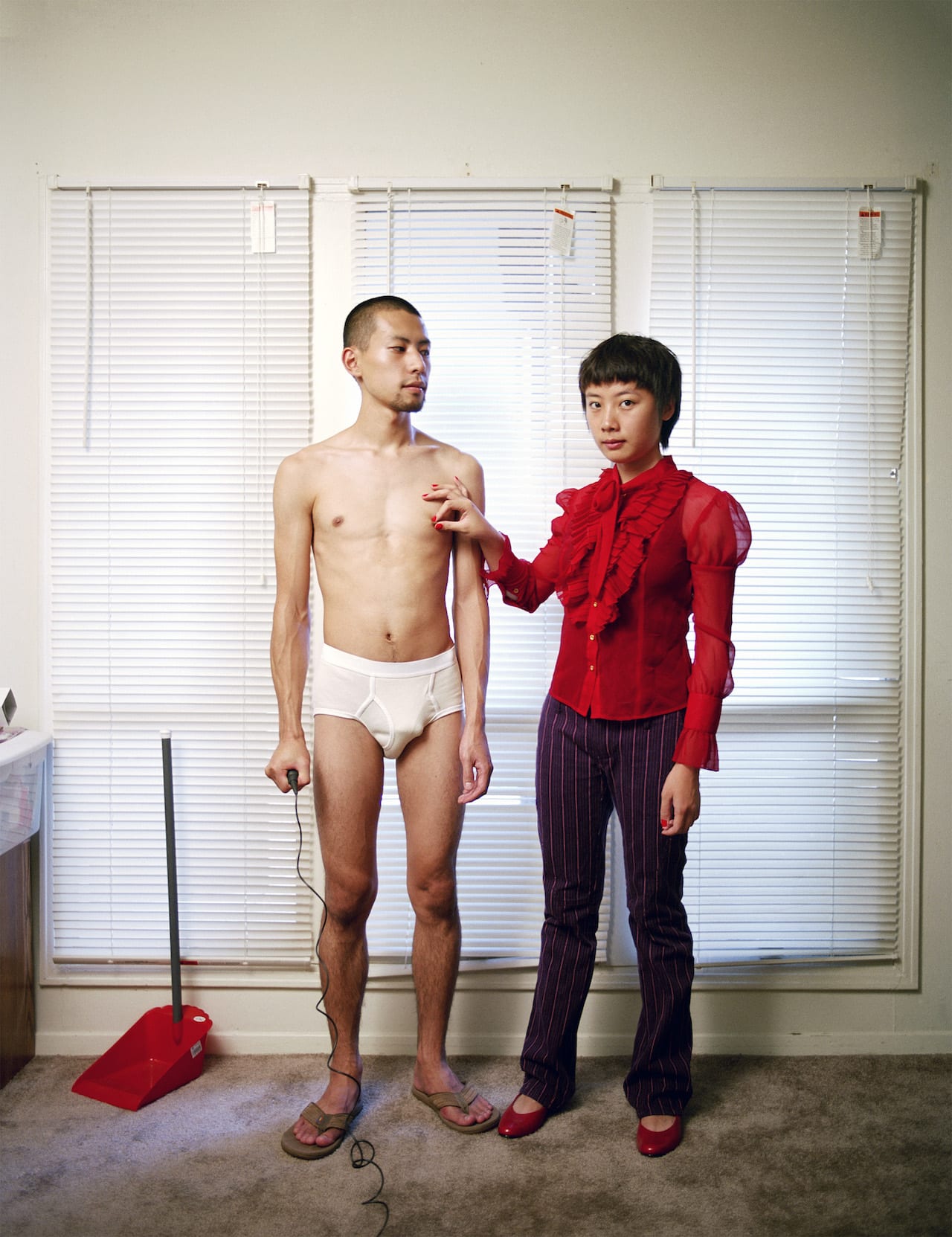

In the first of a series of articles looking back at some of the most exciting shows at Les Rencontres de la Photographie, Holly Roussell recalls her curatorial experience at La Croisière

“I consider myself a son of the European project,” says Tommaso Rada. “I am part of a generation that lived through the opening of the borders between many different countries, the introduction of the euro, and all the new cultural and linguistic mixing that the European project meant. The feeling of being Italian as well as European is the reason why I am interested in the European Union.”
Rada is now based in São Paulo, but was born in Biella in northern Italy and lived in his home country until he was 25. He watched as the policies of the EU evolved, and as the meaning of the Union began to change. His ongoing series Domestic Borders frames a number of different projects he has made, evoking the varying perspectives of those living along the borders of the member countries.
Back to South, the most recent chapter, focuses particularly on the countries that would be affected if a ‘two-speed’ Europe was implemented – a proposal in which certain members, perhaps those in better economic positions and political situations, would integrate at a faster pace, leaving the others on the periphery. Visiting the areas that would be ‘left behind’, Rada hopes to show the “challenges of living in a unique space with a different passage of time”.
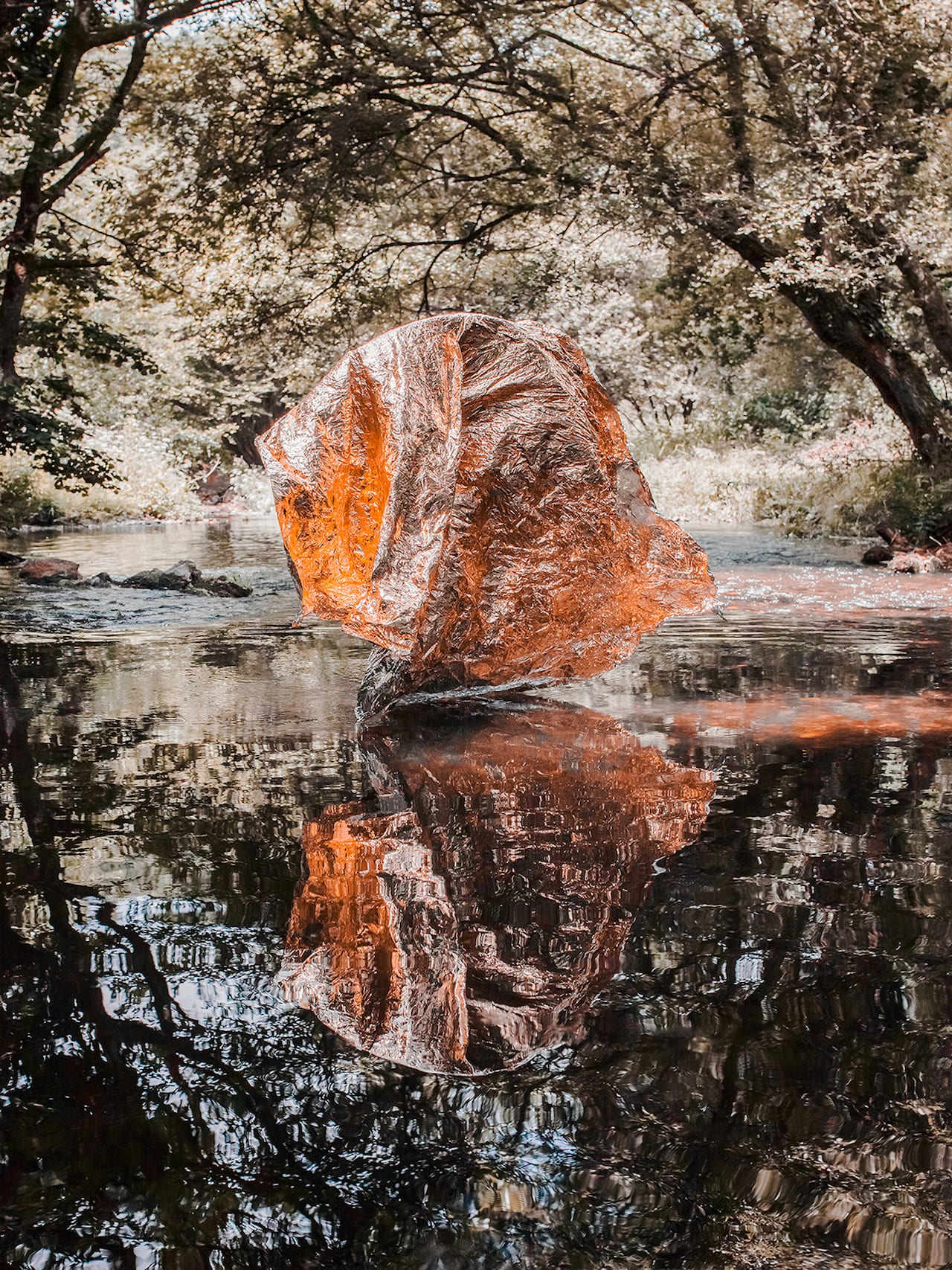
Born in 1981, French photographer Benjamin Deroche studied literature before becoming a photographer – and its mark can perhaps still be seen in his images’ ability to “dereal reality” as critic Françoise Paviot puts it. In his recent series Surnature and Baltica, for example, he creates installations within the landscape, contrasting the natural world with his constructed interventions.
Evoking the land art of Andy Goldsworthy or Nils Udo but resulting in appealing, richly-colour images, this work aims to help viewers question their vision of the world. “There are often very beautiful things in the exteriors of my image but I decide not to return them,” he says, “to leave them out of the field as if there existed a kind of magic to guess them.”
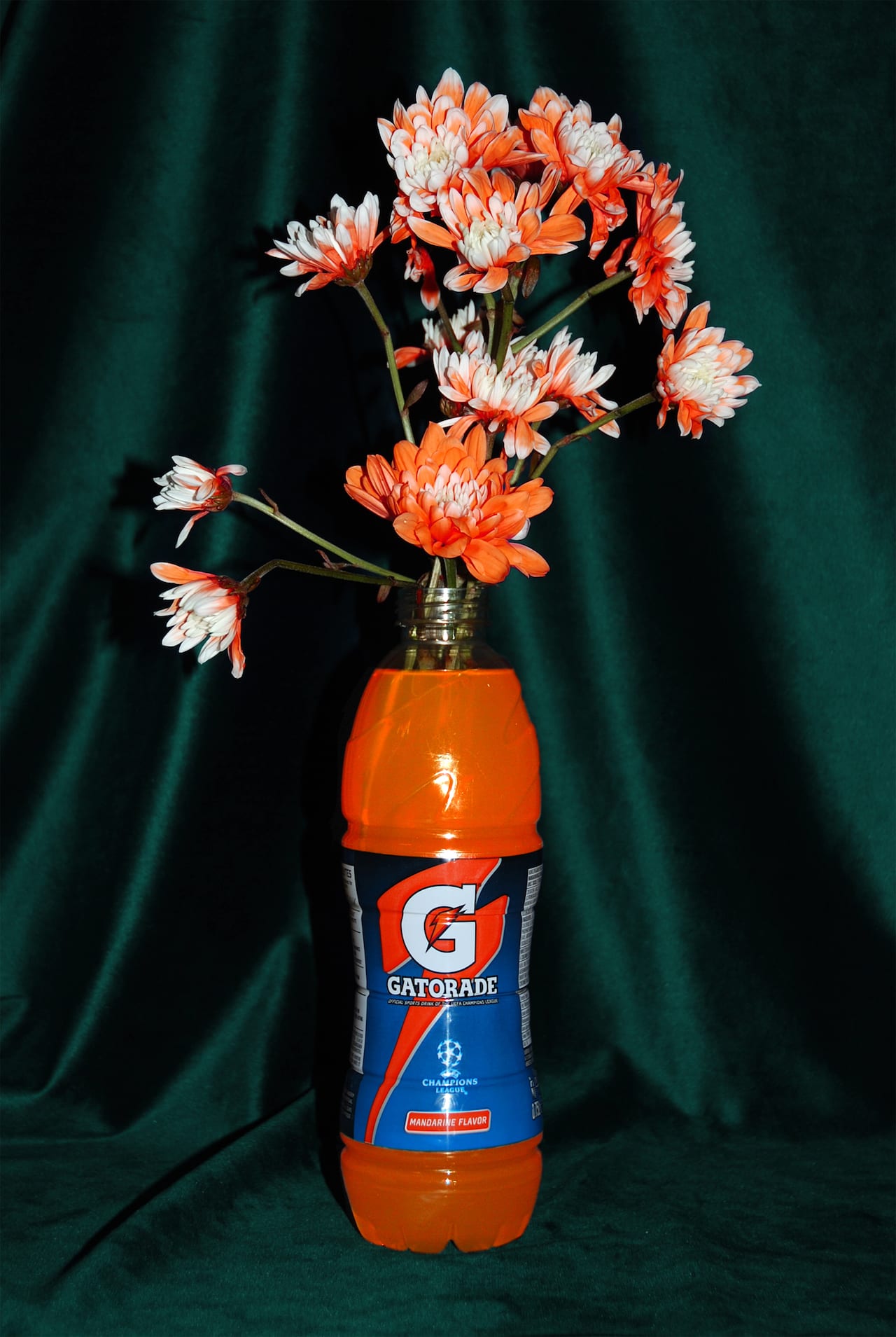
What happens when you put a white flower in a vase of coloured water? It’s an experiment some of us might fondly remember from our childhood, magically transforming a bunch of flowers with a dash of food colouring.
But the results are a little more frightening in a similar experiment by French artist Cornelius de Bill Baboul, as his flowers suck the colour out of sugary energy drinks. “I think they look a little bit like dancers,” he says. “Like kids on ecstasy in a techno club celebrating the end of the world”.
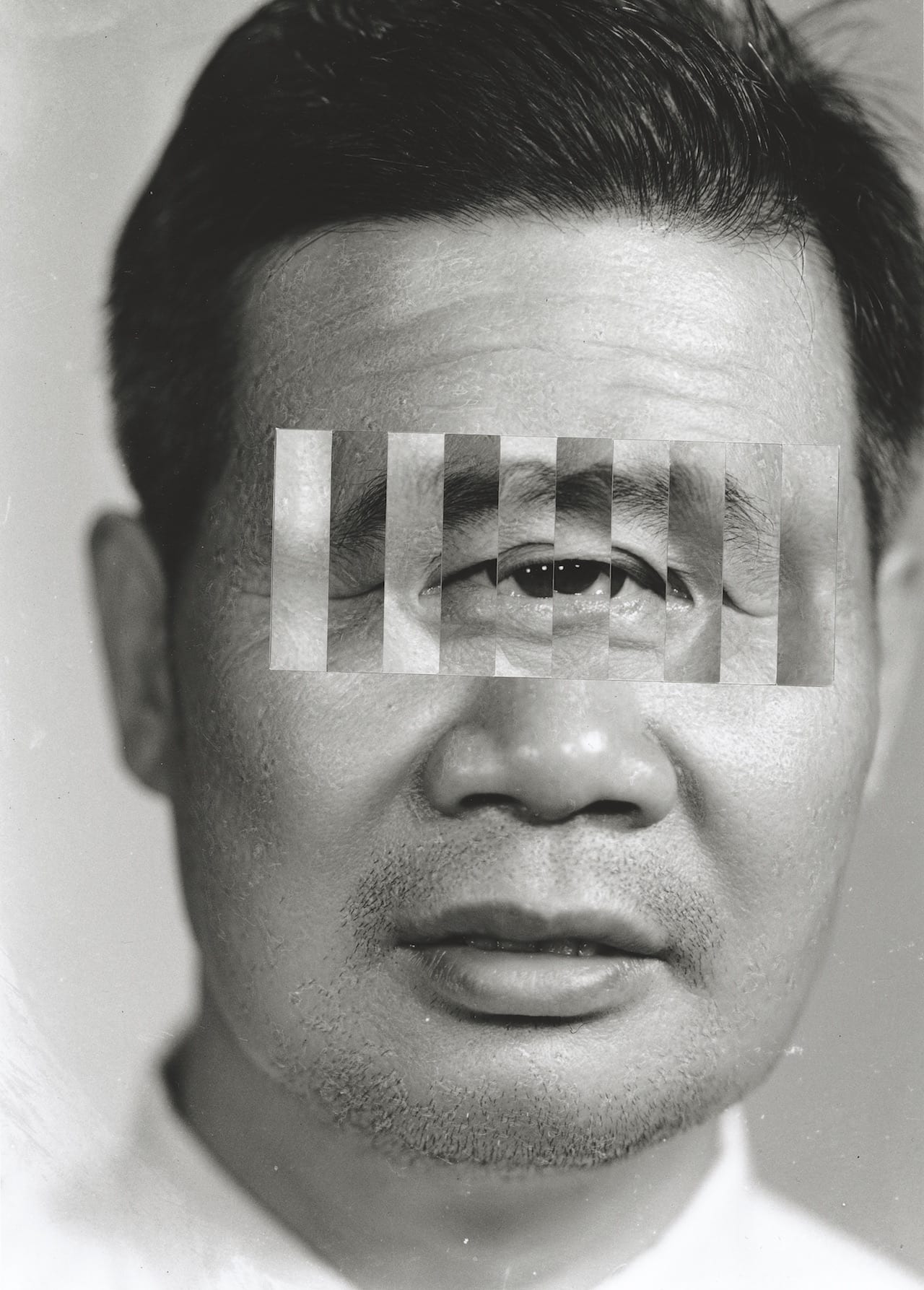
The collages of Kensuke Koike have been one of the purest forms of visual pleasure over the last two years. Videos of his working process on his Instagram account show him making miraculous reinventions of images with a single rip (his smoking woman), with a pasta machine (his dog), and with three-dimensional transformations (his sinking boat). It’s work that attracts because it seems so simple.
Take an old portrait of a loving couple, cut their eyes out, switch them around and the relationship takes a new direction. Cut a circle around the middle of a face, offset it a couple of inches, and you’re left with a pathway to that person’s interior. These are pictures that seem simple, but link up to ideas of image compression, ways of seeing, facial recognition and visual agnosias. It’s The Man who Mistook his Wife for a Hat in photographic form.
Koike’s work has attracted a loyal following, inspired countless copycat activities at photography workshops around the world, and invited collaborations from parties ranging from Gucci to Thomas Sauvin of Beijing Silvermine. It’s the Sauvin collaboration that resulted in Koike’s latest work, a book launched in November. Titled No More No Less, the publication came about after Koike was invited to work with Sauvin’s archive of old images that he recovered from Beijing silver-recycling centres.
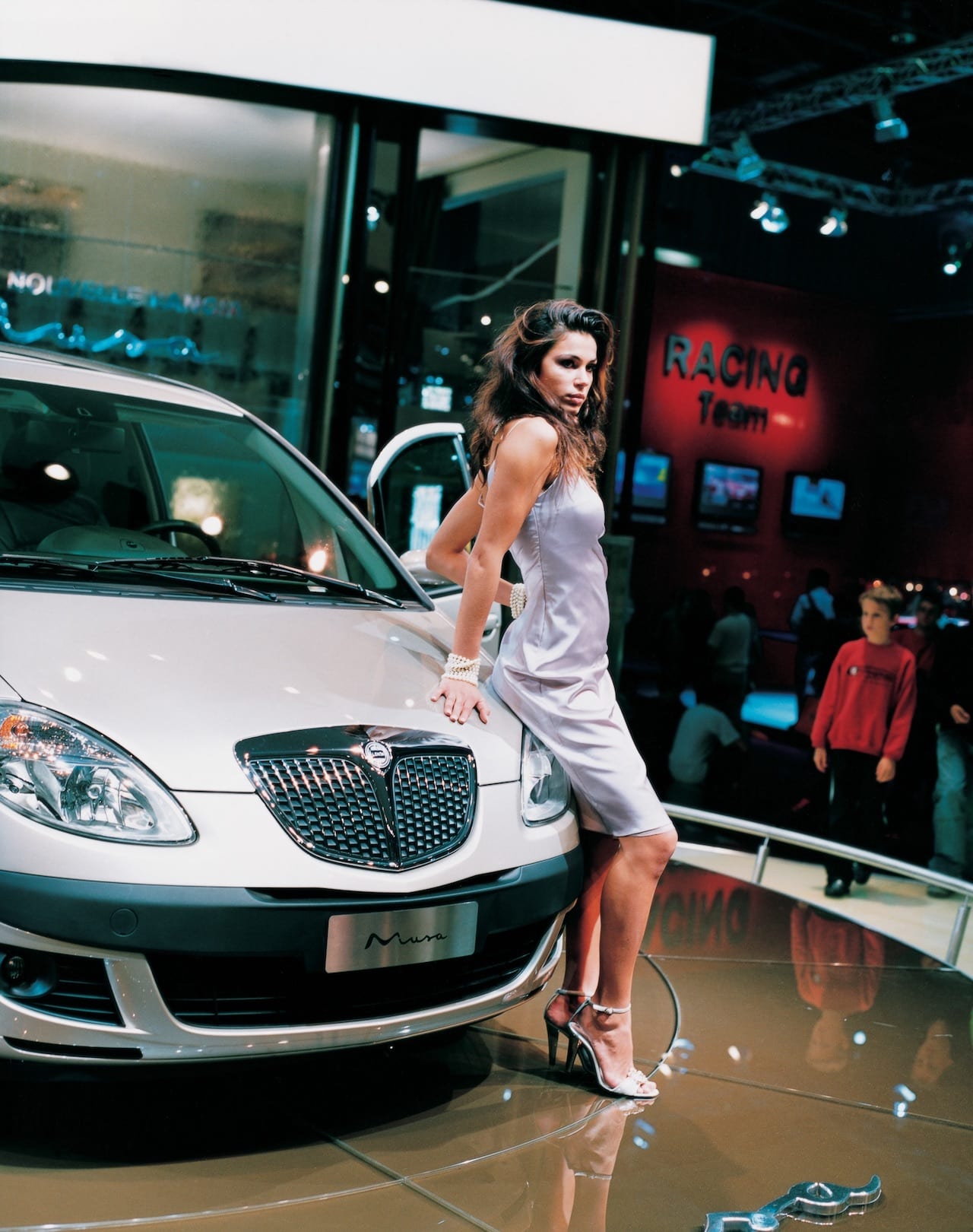
“I was trained as a sculptor, and this was the first time I had used the camera,” wrote Jacqueline Hassink in the Financial Times in 2011, of her breakthrough project The Table of Power. Between 1993 and 1995 Hassink contacted forty of the largest multinational corporations in Europe, asking to photograph their boardrooms. “I wanted to find a table that symbolised modern society’s most important value: economic power,” she writes. Nineteen refused, while the remaining 21, in Britain, the Netherlands, Germany, France, Switzerland and Italy, eventually agreed.
The book was published in 1996; it was the first time that photographs of these places had been made public, and in the spring of 2009, after the global recession, Hassink decided to revisit the boardrooms. With The Table of Power 2, she examined how boardroom design, revenue and employee numbers had changed over the intervening years.
Hassink, who has died aged just 52, was born in Enschede, the Netherlands, on 15 July 1966. She trained to be a sculptor at the Royal Academy of Art in The Hague, and then at the Trondheim Academy of Fine Art in Norway, but after graduating in 1992, presented herself mainly as a photographer, publishing nine books – including another celebrated title, Car Girls, in 2009. It was shot over five years at car shows across seven cities in three different continents, including New York, Paris, Geneva, Tokyo, Detroit, and Shanghai, focusing in on differing cultural standards on ideals of beauty on the women paid to pose with the cars.
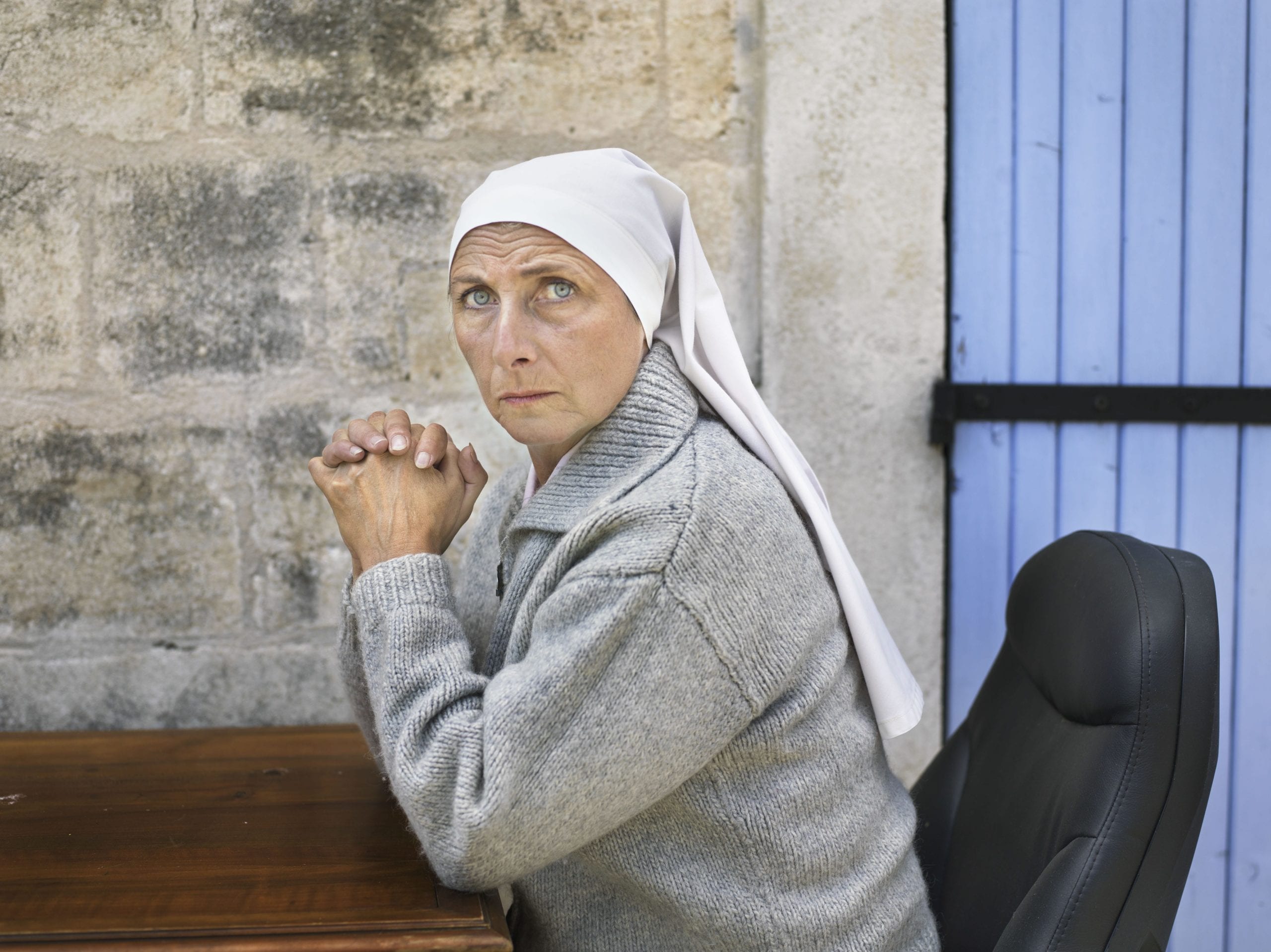
Alessandra Sanguinetti was born in New York, but grew up in Argentina, where she lived…
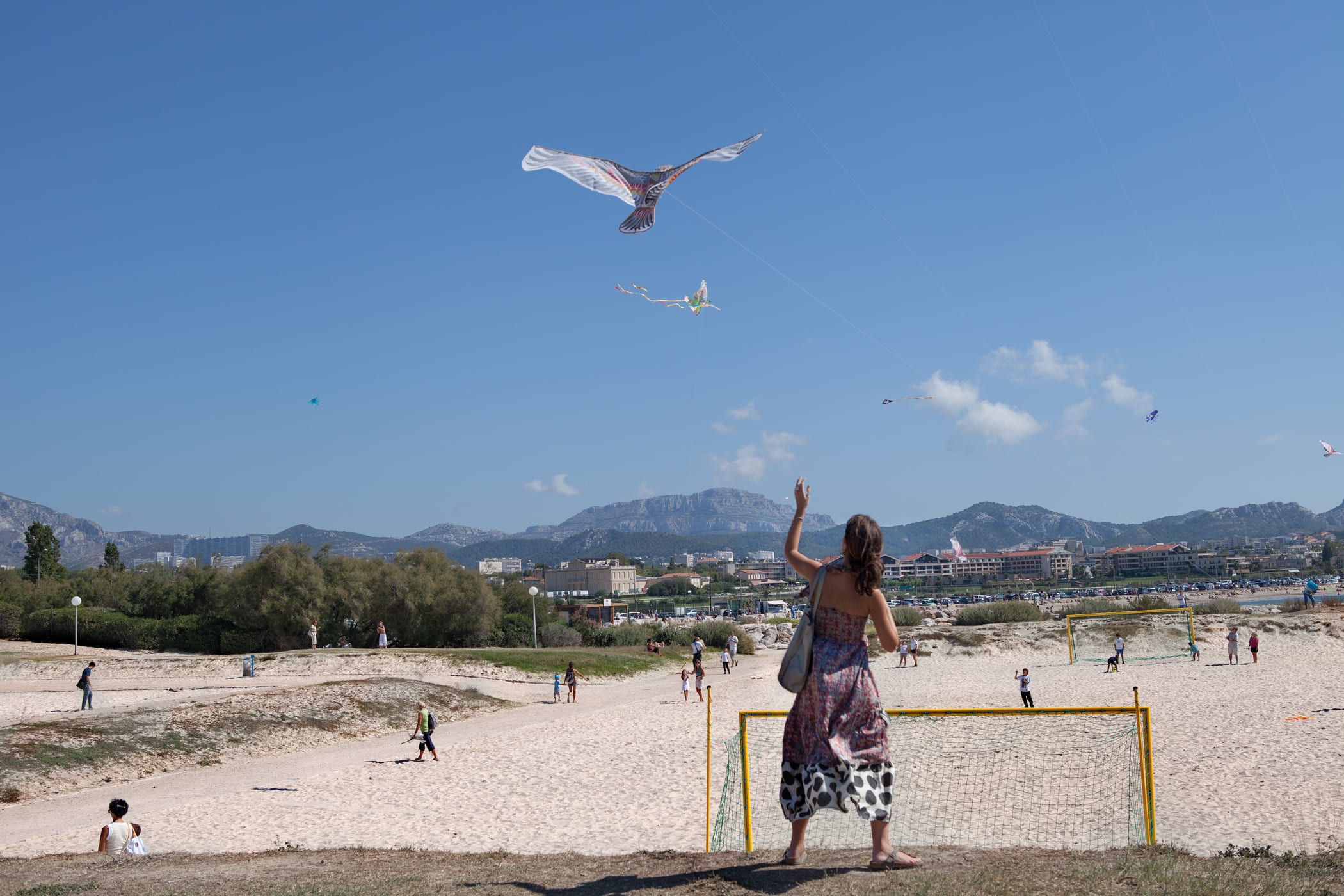
To the people of Provence, the Mistral is a local menace. It regularly ruins weddings, steals hats and scarves with ease and, at its worst, this epic wind has the strength to sweep up metal chairs and smash them into neighbouring windows. Even so, says Rachel Cobb, “I think maybe they actually like it”. “What I feel is that it’s a source of pride among the Provincials, a way of defining the region,” she adds. “They can withstand it, and they’ve learned to live with it.”
Cobb’s new book, Mistral: The Legendary Wind of Provence, is a record of the 20 years she spent hunting the wind. She has holidayed in the south of France for 40 summers now and, though she has been victim to the perils of the strong gales, she’s also found it inspirational – as have many other artists and writers. “I’m energised by it,” she says. “At night, when you hear it stir, you can feel the energy in the air.”

Has anything improved since Linda Nochlin’s 1971 essay Why Have There Been No Great Women Artists? The fact that women make up just 15.5% of the artists’ files on Wikipedia suggests not. According to L’Observatoire de l’Egalite, only 30% of the artists exhibited in galleries are women, even though more than 60% of art students in France are women.
Even so, there is some cause for optimism – as French photographer Vincent Ferrané points out. “Of the top 500 contemporary artists in 2017 [in France], only 14% of women,” he says. “But 30% of those were born after 1980.”